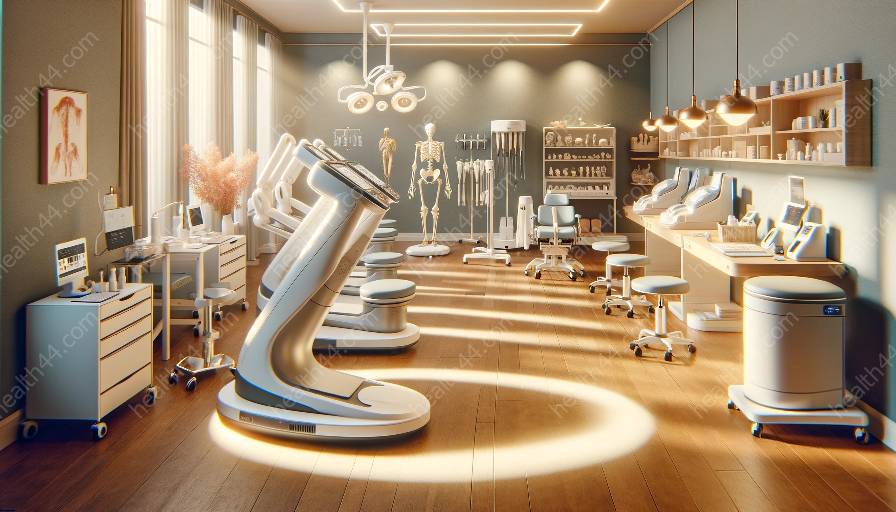Orthopedic casting is a critical aspect of treating musculoskeletal injuries and orthopedic conditions. This comprehensive guide explores the latest materials and techniques used in orthopedic casting, providing insights into the advancements compatible with various orthopedic equipment and medical devices.
Understanding Orthopedic Casting
Orthopedic casting involves the application of a rigid external support to a limb or body part to promote healing and immobilization of fractures, deformities, and other musculoskeletal conditions. The materials and techniques used in orthopedic casting have evolved significantly, leading to improved patient outcomes and comfort.
Orthopedic Casting Materials
Several materials are commonly used in orthopedic casting, each with specific properties and applications:
- Plaster of Paris: Plaster remains a traditional choice for orthopedic casting due to its ability to conform to the body's contours and provide adequate support and immobilization. It is cost-effective and widely available.
- Fiberglass: Fiberglass casting tapes offer lightweight and durable support, allowing for increased mobility and breathability. The quick setting time of fiberglass materials reduces patient discomfort during application.
- Polyurethane: Polyurethane casting materials provide a waterproof option for patients, enabling them to engage in water activities without compromising the cast's integrity. These materials are also known for their strength and durability.
- Hybrid Materials: Some orthopedic casting materials combine the advantages of different components, such as fiberglass and padding, to enhance patient comfort and overall casting performance.
Advancements in Casting Techniques
Orthopedic casting techniques have also witnessed significant advancements, enabling more precise and efficient application:
- Custom Molding: Modern casting techniques allow for customized molding, ensuring a perfect fit for each patient's unique anatomy. This personalized approach enhances comfort and support.
- 3D Printing: The use of 3D printing technology has revolutionized orthopedic casting by facilitating the creation of intricate and lightweight designs that optimize patient mobility and comfort.
- Improved Application Tools: Advanced tools and equipment, including specialized casting saws and padding, contribute to smoother and more accurate casting procedures.
- Biodegradable Materials: Researchers are exploring the use of biodegradable casting materials that offer sustainable and environmentally friendly options for orthopedic care.
Compatibility with Orthopedic Equipment
The latest orthopedic casting materials and techniques are designed to be compatible with various orthopedic equipment, ensuring seamless integration and optimal treatment outcomes. Orthopedic devices such as braces, splints, and immobilizers work in conjunction with casting materials to provide comprehensive support and rehabilitation solutions for patients.
Integration with Medical Devices and Equipment
Moreover, advancements in orthopedic casting are aligned with the broader landscape of medical devices and equipment. Compatibility with imaging technologies, such as X-rays and MRI machines, allows for accurate assessment and monitoring of the healing process, leading to more informed treatment decisions.
Conclusion
Orthopedic casting materials and techniques continue to evolve, driven by innovation and a focus on enhancing patient comfort and clinical outcomes. The compatibility with orthopedic equipment and broader medical devices underscores the interconnected nature of advancements in the field of orthopedics, ultimately benefiting patients and healthcare providers alike.


